Science
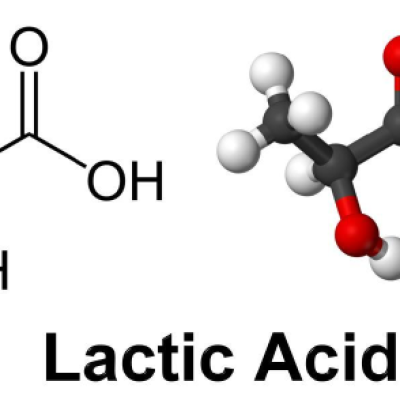
Modeling and Simulation of a Bacterial Biofilm that is Controlled by pH and Protonated Lactic Acids
We present a mathematical model for growth and control of facultative anaerobic bacterial biofilms in nutrient rich environments. The growth of the microbial population is limited by protonated lactic acids and the local pH value, which in return are altered as the microbial population changes. The process is described by a non-linear parabolic system of three coupled equations for the dependent variables biomass density, acid concentration and pH....
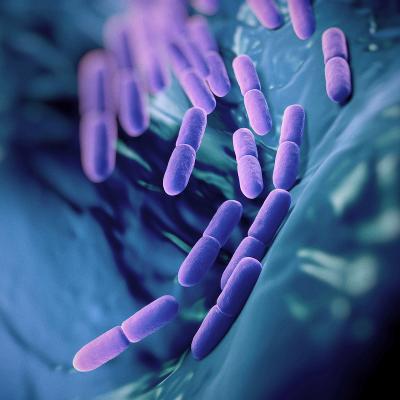
A mixed-culture model of a probiotic biofilm control system
We present a mathematical model and computer simulations for the control of a pathogenic biofilm by a probiotic biofilm. This is a substantial extension of a previous model of control of a pathogenic biofilm by microbial control agents that are suspended in the aqueous bulk phase (H. Khassehkhan and H.J. Eberl, Comp. Math. Meth. Med, 9(1) (2008), pp. 47-67). The mathematical model is a system of double-degenerate diffusion-reaction equations for the...
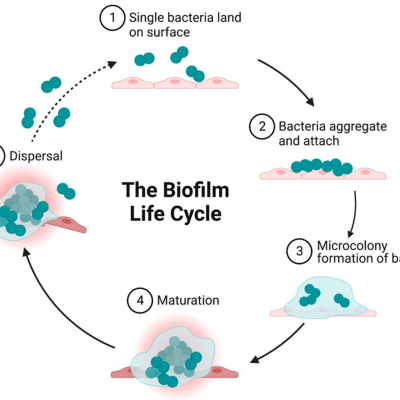
A Nonlinear Master Equation for a Degenerate Diffusion Model of Biofilm Growth
Wepresentacontinuoustime/discrete space model of biofilm growth, starting from the semi-discrete master equation. The probabilities of biomass movement into neighboring sites depend on the local biomass density and on the biomass density in the target site such that spatial movement only takes place if (i) locally not enough space is available to accommodate newly produced biomass and (ii) the target site has capacity to accommodate new biomass. This...
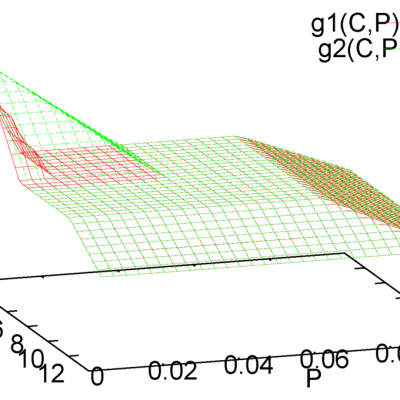
A Computational Study of Amensalistic Control of Listeria monocytogenes by Lactococcus lactis under Nutrient Rich Conditions in a Chemostat Setting
Abstract:We study a previously introduced mathematical model of amensalistic control of the foodborne pathogen Listeria monocytogenes by the generally regarded as safe lactic acid bacteria Lactococcus lactis in a chemostat setting under nutrient rich growth conditions. The control agent produces lactic acids and thus affects pH in the environment such that it becomes detrimental to the pathogen while it is much more tolerant to these self-inflicted...
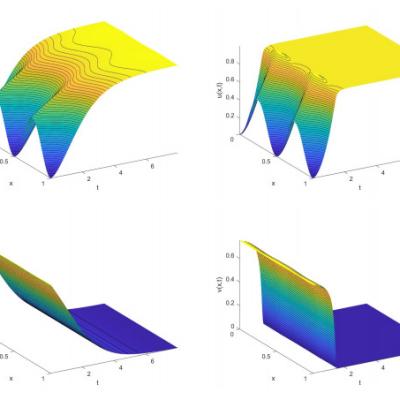
A Degenerate Diffusion-Reaction Model of an Amensalistic Biofilm Control System: Existence and Simulation of Solutions
We study a mathematical model that describes how a “good” bacterial biofilm controls the growth of a harmful pathogenic bacterial biofilm. The underlying mechanism is a modification of the local protonated acid concentration, which in turn decreases the local pH and, thus, makes growth conditions for the pathogens less favorable, while the control-agent itself is more tolerant to these changes. This system is described by a system of 5 density-dependent...

